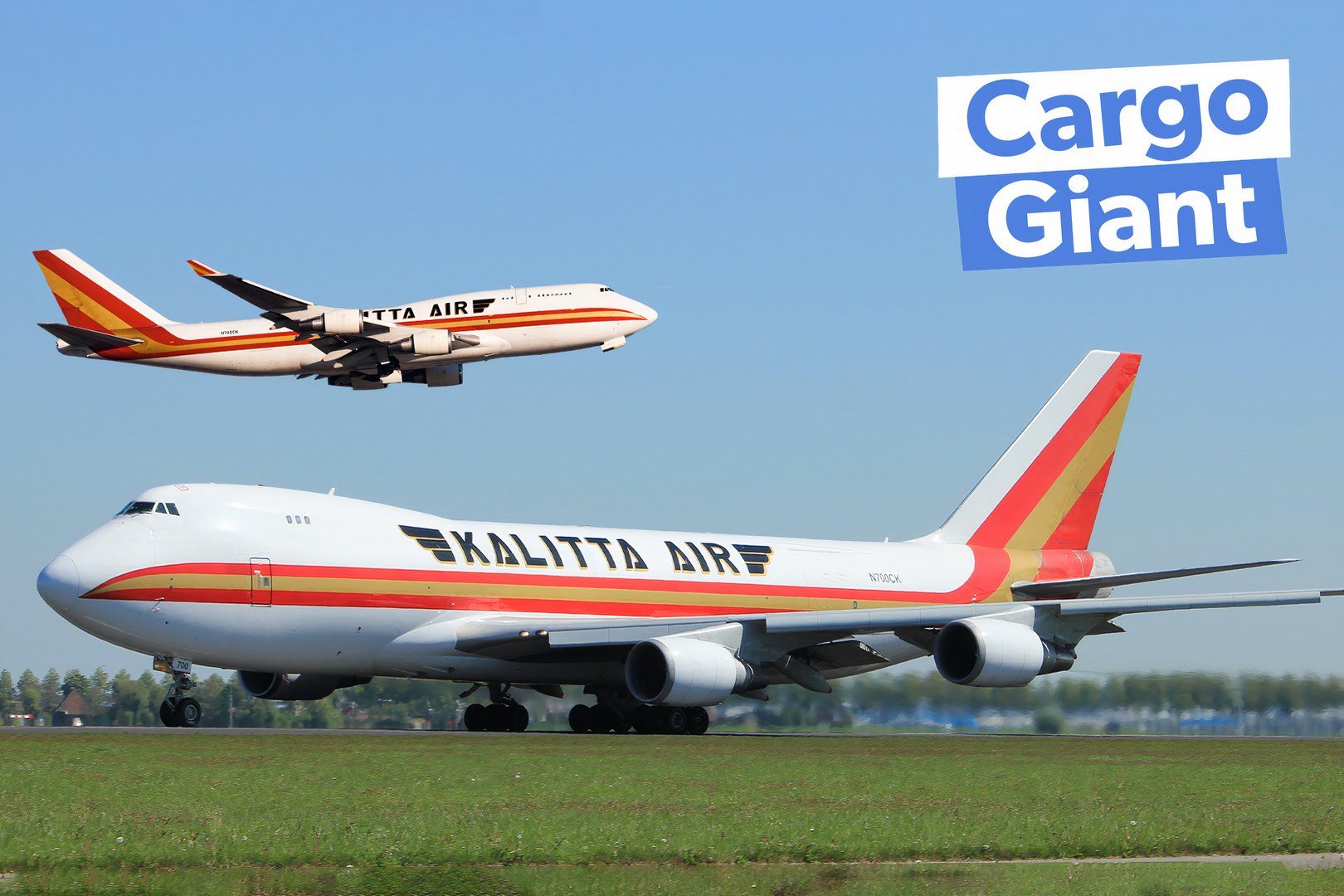Summary Kalitta Air traces its roots back to the mid-1960s when it was founded by drag racing legend Connie Kalitta. The airline's extensive history involves significant contracts with the US government, and it has become known for its headline-grabbing missions. Kalitta Air is in the process of modernizing its fleet, introducing Boeing 777 freighters for greater efficiency and cargo capacity.
Kalitta Air is one of the more prominent US cargo-only airlines. While still some way off the US giants of FedEx and UPS in terms of fleet size, its aircraft are very visible at major US airports, and it has won fame through several high-profile missions over the years. So, let's take a closer look at this pioneering cargo carrier.

A look at the US-based airlines that maintain the largest cargo-only fleets. An airline rooted in drag racing Kallitta Air's origins go back to 1967 when it was founded by Conrad "Connie" Kalitta. A five-time world champion professional drag racer, he didn’t fit the typical profile of an airline founder.
But he spotted an opportunity in the market for the rapid transport of auto parts and used some of his race winnings to purchase a twin-engine Cessna 310, calling his new company Connie Kalitta Services. It turned out that Kalitta was as successful at airline-building as he was at drag racing. Over the next decade, the airline changed its name to American International Airways (AIA) and built a sizeable fleet of Boeing 747s (-100 and -200), Douglas DC-8s, Douglas DC-9s, and Lockheed L-1011s.
All were passenger aircraft getting a second lease of life as converted freighters, and operated with the callsign “Connie” in a nod to the company’s charismatic owner. Turbulence ahead The Kalitta name started reappearing on aircraft alongside the AIA branding in the late 1980s, and the airline's growth was further fueled by large contracts with the US Department of Defense. By 1997, AIA was merged into Kitty Hawk International, and Connie Kalitta resigned as CEO and board member in what has been described as a somewhat acrimonious departure.
But Kalitta was just biding his time, and he went on to found Kalitta Leasing, an aircraft brokerage company that bought, sold, and leased large aircraft. By early 2000, Kitty Hawk International had filed Chapter 11 bankruptcy and ceased operations. Dismayed that the airline he built from scratch was shut down, Kalitta purchased the Air Carrier Certificate and the aircraft assets and resurrected the airline, which began flying again as Kalitta Air in November 2000.
Updating the fleet One of the first orders of business with the new Kalitta Air was updating the fleet. The DC-8s, many of which dated back to the mid-1960s, were the first to go, closely followed by the L-1011s. The B747 fleet was also getting old, with many of the -100s and -200s aged 30 years or more, so they were also gradually phased out from 2002 onwards.
While the last -200 was retired in 2017, Kalitta had now converted over to newer Boeing 747-400s, which offered better economics and higher capacity. It currently operates 22 of the type. More recently, Kalitta has been acquiring Boeing 777 freighters, most of which it flies on behalf of DHL.
These come in three different ‘flavors’: Factory-new: Took delivery of four new B777-Fs directly from Boeing, all of which were delivered in 2020. Ex-Emirates: Currently leases four B777-Fs (three pending delivery) from DAE Capital that used to fly with Emirates. Big Twins: It also has six B777-300ERSFs on order for lease from AerCap .
These are converted -300ERs that Emirates disposed of during the pandemic, and while they are older than the standard B777Fs, they offer greater volume than even the B747-400Fs. This is the current status of the Kalitta Air fleet as of August 2024: Servicing the fleet Kalitta prides itself on its quick turnaround times, so maintenance of its fleet is crucial. It operates a large MRO facility at Oscoda–Wurtsmith Airport (OWA) in Michigan.
It is built on part of the decommissioned Wurtsmith Air Force Base, home to nuclear-armed B-52 Stratofortress bombers during the Cold War. As a result, the airport has an 11,800-foot / 3,600-meter runway, ideal for Kalitta’s widebodies. The Kalitta facility at OWA boasts over 240,000 square feet of hangar and engine shop space, and it is investing $10 million in another 80,000 square-foot hangar.
Such extensive facilities mean that Kalitta not only services its own aircraft but also has an extensive business providing powerplant, airframe, tire and brake, and assorted engineering services to other carriers. Grabbing the headlines Over the years, Kalitta Air has been involved in several headline-grabbing missions due to its extensive contracts with the US government. These include: In 1990 and 1991, Kalitta flew 600 missions in support of Operations Desert Shield and Desert Storm in the Middle East.
After the terrorist attacks of September 11, 2001, when all US airports were closed and all flights were grounded, there was one plane in the sky that night that was not an F-16 fighter. It was a Kalitta Air Boeing 747 hauling relief supplies from the West Coast to aid disaster workers in New York. In 2003, Kalitta was awarded a Certificate of Appreciation for supporting the Enduring Freedom and Iraqi Freedom Operations.
Kalitta continues to support the USPS with scheduled flights delivering mail and packages to US forces stationed abroad. Most recently, Kalitta Air was instrumental in evacuating US nationals from Wuhan under the direction of the United States Department of State during the outbreak of the COVID-19 pandemic in 2020. This operation is commemorated with a patch in the National Museum of American Diplomacy's collection, honoring the "Wuhan Evac Team" and featuring a Kalitta Air Boeing 747.
.



















